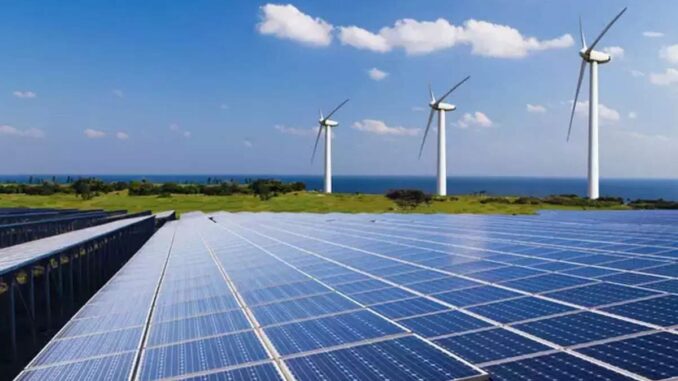
Making renewable energy cheaper involves a combination of technological advancements,
policy measures, and market strategies. Here are several approaches to achieve this:








Technological Advancements
Improving Efficiency:
Solar PV Cells: Developing more efficient photovoltaic cells can increase the amount of electricity generated per unit area.
Wind Turbines: Enhancing turbine design to capture more wind energy at lower speeds.
Energy Storage: Advancements in battery technology to store renewable energy more efficiently and cheaply.
Economies of Scale:
Increasing the production scale of renewable energy technologies to reduce costs through mass production.
Innovative Materials:
Researching and using cheaper, more abundant materials in the production of renewable energy technologies.
Policy Measures
Subsidies and Incentives:
Governments can provide subsidies, tax incentives, and grants to lower the cost of renewable energy installations.
Carbon Pricing:
Implementing carbon taxes or cap-and-trade systems to make fossil fuels more expensive relative to renewables.
Regulatory Support:
Streamlining permitting processes and reducing bureaucratic barriers for renewable energy projects.
Research and Development Funding:
Increasing public funding for R&D in renewable energy technologies.
Market Strategies
Power Purchase Agreements (PPAs):
Long-term contracts to purchase electricity at predetermined prices, providing financial stability for renewable energy projects.
Renewable Energy Certificates (RECs):
Tradable certificates that represent proof that electricity was generated from a renewable energy resource, providing an additional revenue stream.
Community Investment:
Encouraging community ownership and investment in renewable energy projects to increase local support and reduce capital costs.
Infrastructure and Integration
Grid Modernization:
Upgrading the grid to handle variable renewable energy sources efficiently and to reduce transmission losses.
Smart Grids:
Implementing smart grid technologies to optimize the distribution and use of renewable energy.
Energy Storage Integration:
Integrating advanced energy storage solutions to balance supply and demand effectively.
Global Cooperation
International Collaboration:
Sharing technology, knowledge, and best practices across countries to accelerate the adoption and reduce costs of renewable energy.
Trade Policies:
Removing trade barriers for renewable energy technologies and components.
Education and Public Awareness
Training Programs:
Developing workforce training programs to build a skilled labor force for the renewable energy sector.
Public Awareness Campaigns:
Increasing public awareness about the benefits of renewable energy to build support for necessary policies and investments.
By focusing on these areas, it is possible to drive down the costs of renewable energy, making it more competitive with traditional fossil fuels and accelerating the transition to a sustainable energy future.

Leave a Reply